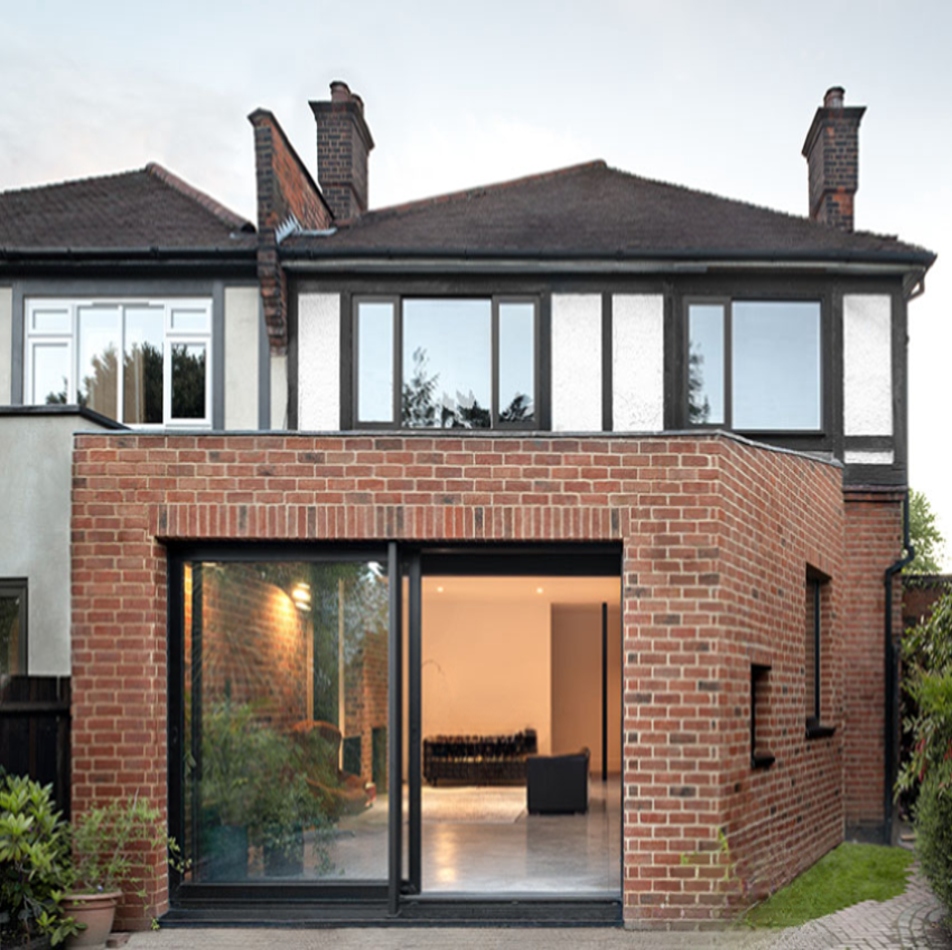Brick Calculator | How to Calculate the Number of Bricks?
One of the most essential parts of construction is knowing how to calculate the number of bricks you will need for your project.
This guide will walk you through the step-by-step process of accurately estimating the number of bricks using simple formulas.
We will also introduce our Brick Calculator Tool, which makes it even easier to get precise results.
Why Use a Brick Calculator?
Whether you’re a homeowner or a professional builder, using a brick calculator can save you time, effort, and money.
It ensures that you buy the correct amount of bricks and avoid underestimating or overestimating, both of which can lead to unnecessary expenses or delays in your project.
By following a few basic steps, you can accurately determine how many bricks are required for your construction.
Brick Size and Its Importance
The size of the bricks is one of the most important factors when calculating how many bricks you will need.
Brick sizes vary by region and manufacturer, so it’s essential to know the dimensions of the bricks you plan to use. Standard brick sizes in the US, UK, and other regions are as follows:
- Standard US brick size: 7.5 inches x 3.5 inches x 2.25 inches
- Standard UK brick size: 8.5 inches x 4 inches x 2.5 inches
- Standard Australian brick size: 9 inches x 4.5 inches x 3 inches
You can use the size of your brick to calculate how many will fit in a certain wall area.
1. Measure the Wall Area
First, determine the height and width of the wall you are building. For example:
Height of the wall: 10 feet
Width of the wall: 20 feet
Multiply these values to find the total area of the wall.
Total Wall Area = 10 feet x 20 feet = 200 square feet
2. Determine the Area of a Brick
To calculate the area of a single brick, multiply its length by its height:
Brick length (L) = 7.5 inches (standard US size)
Brick height (H) = 2.25 inches
Convert the dimensions to feet (since the wall area is in feet):
Brick Area = (7.5 inches / 12) x (2.25 inches / 12) = 0.046875 square feet
3. Account for Mortar Thickness
Most walls have a mortar gap of about 0.5 inches.
For simplicity, we’ll calculate the effective area of the brick, including the mortar.
You may reduce the mortar thickness from the brick size in the calculation or account for it in the overall estimation.
4. Calculate the Number of Bricks Required
Now divide the total wall area by the area of one brick (including the mortar):
Number of Bricks = Total Wall Area ÷ Brick Area <=>
Number of Bricks = 200 square feet ÷ 0.046875 square feet = 4266 bricks
5. Add a Wastage Factor
It’s always good to add around 5-10% extra bricks to account for breakages and cutting during construction:
Final Number of Bricks = 4266 + (10% of 4266) = 4693 bricks
[Insert Brick Calculator Tool Here]
Diagrams for Better Understanding
Here are a couple of diagrams to visualize the process of calculating the number of bricks:
Wall Measurement:(Diagram showing how to measure the height and width of a wall.)
Brick Dimension and Mortar Gap:(Illustration of brick size including the mortar gap to account for in calculations.)
Tips for Accurate Brick Calculation:
- Always measure your wall and bricks in the same units (feet, inches, meters, etc.).
- Don’t forget to include the mortar gap, as it affects the total number of bricks.
- Buy extra bricks to cover wastage and any mistakes during construction.
Conclusion
Knowing how to calculate the number of bricks for your project ensures that you don’t run into material shortages or excess. Use our Brick Calculator Tool for quick and accurate estimates, and follow the step-by-step method for a more manual approach. Proper planning guarantees that your construction project will run smoothly without delays.
Related Posts:




